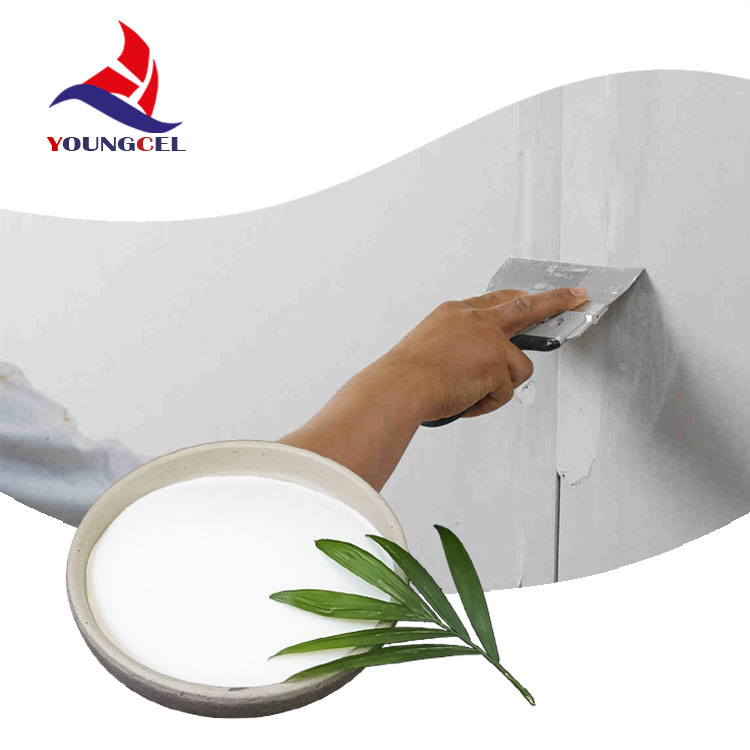HPMC in Tile Adhesives A Key Component for Enhanced Performance
Hydroxypropyl Methylcellulose (HPMC) is a versatile cellulose ether widely used in various applications, particularly in the construction industry. One prominent application of HPMC is in tile adhesives, where it plays a vital role in improving product performance and application efficiency. This article explores the significance of HPMC in tile adhesives and its benefits to manufacturers and consumers alike.
What is HPMC?
HPMC is a non-ionic cellulose ether derived from natural cellulose. It is synthesized through a process that involves the substitution of hydroxyl groups with hydroxypropyl and methyl groups, leading to increased solubility in water and enhanced film-forming properties. Its chemical structure allows it to function effectively as a thickener, stabilizer, and binder in various formulations, including tile adhesives.
Importance of HPMC in Tile Adhesives
1. Enhanced Workability One of the primary advantages of incorporating HPMC into tile adhesives is its ability to enhance workability. HPMC improves the viscosity of the adhesive, allowing for better handling, spreading, and leveling during application. This ensures that the adhesive can be easily applied to different surfaces without slumping or sagging, making the installation process smoother and more efficient.
2. Open Time HPMC contributes to the open time of tile adhesives, which is the period during which the adhesive remains workable after being applied. This extended open time is crucial, especially in larger installations where tiles may need to be manipulated for proper alignment. By allowing more time for adjustments, HPMC-based adhesives result in better tile positioning and a more professional finish.
china hpmc for tile adhesive

3. Water Retention An essential characteristic of any tile adhesive is its ability to retain water. HPMC enhances water retention, which is vital for ensuring that the adhesive cures properly and achieves its intended bond strength. With improved water retention, the adhesive remains moist for longer periods, allowing for optimal hydration of the cementitious materials during curing.
4. Adhesion and Bonding Strength The incorporation of HPMC in tile adhesives significantly improves the bonding strength between tiles and substrates. It enhances both initial grab and long-term adhesion, ensuring that tiles remain securely in place over time. This performance is particularly important in areas subject to moisture and temperature fluctuations, where strong adhesion is crucial for durability.
5. Reduced Dust Formation HPMC also contributes to reducing dust formation during the mixing and application of tile adhesives. This not only creates a cleaner working environment but also minimizes health risks associated with inhaling fine particulate matter during installation.
Sustainable Construction
As the construction industry moves toward more sustainable practices, the use of HPMC in tile adhesives aligns with these goals. Being derived from natural cellulose, HPMC is considered an eco-friendly additive. It enables manufacturers to produce high-performance adhesives that meet stringent environmental regulations while maintaining product efficacy.
Conclusion
In summary, HPMC is an indispensable component in the formulation of tile adhesives, offering numerous benefits that enhance performance and user satisfaction. Its contributions to workability, open time, water retention, adhesion strength, and reduced dust generation make it a preferred choice for manufacturers and contractors alike. As the demand for high-quality and environmentally friendly construction materials continues to rise, HPMC-based tile adhesives will likely play an increasingly prominent role in the markets of both China and the global construction industry. With its extensive range of benefits, HPMC not only enhances the quality of tile installations but also promotes sustainable practices in construction, making it a truly valuable ingredient in modern construction materials.
-
Understanding Methyl Hydroxyethyl Cellulose (MHEC) – Properties, Benefits & ApplicationsNewsNov.25,2025
-
A Comprehensive Guide to Methyl Ethyl Hydroxyethyl Cellulose: Applications and Industry InsightsNewsNov.24,2025
-
Understanding Methyl 2 Hydroxyethyl Cellulose: Uses, Benefits & Industry InsightsNewsNov.24,2025
-
Hydroxyethyl Methyl Cellulose HEMC: Industrial Uses, Benefits & Future TrendsNewsNov.23,2025
-
HEMC Cellulose: Versatile & Sustainable Industrial Polymer | YoungcelNewsNov.23,2025
-
Methyl Hydroxyethyl Cellulose: Versatile Building Block for Industry & SustainabilityNewsNov.23,2025




